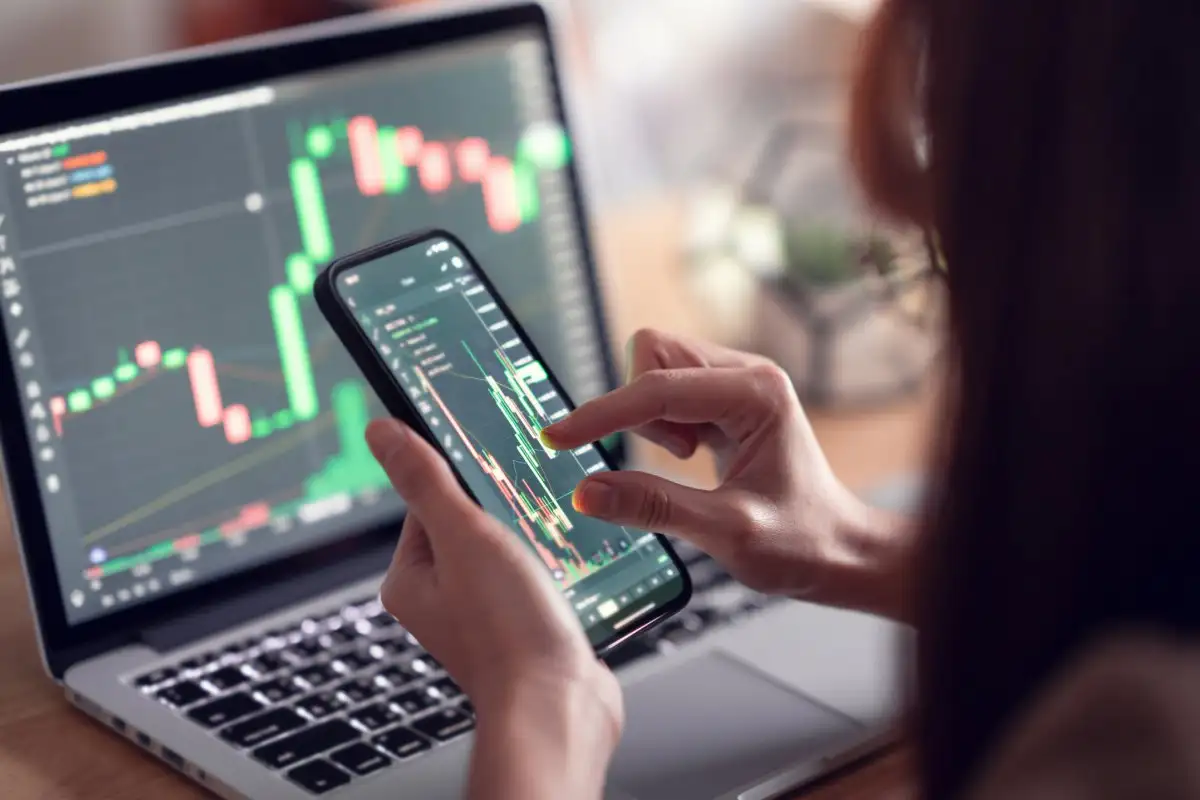Introduction
For many traders, the journey from beginner to professional can be challenging, requiring patience, skill development, and a commitment to continuous learning. In the competitive world of CFD Trading, mastering the craft means understanding the markets deeply, applying proven strategies, and managing risk effectively. The difference between amateur and professional traders often lies in their approach, discipline, and ability to adapt to changing market conditions. By following a structured plan and avoiding common pitfalls, you can elevate your trading game and operate with the precision and confidence of a seasoned pro.
Understanding CFD Trading at a Professional Level
At its core, CFD Trading allows you to speculate on price movements of various financial instruments without owning the underlying asset. Professionals approach this market not as gamblers chasing quick profits but as strategists analyzing data, assessing risk, and making calculated moves.
Becoming a pro means shifting your perspective from “trying to win every trade” to “maximizing profitability over the long term.” This involves detailed market analysis, proper position sizing, and a disciplined execution plan.
Why Many Traders Struggle to Master CFD Trading
While CFD Trading offers immense potential, statistics show that a large percentage of retail traders lose money. Common reasons include:
- Overleveraging positions without proper risk control.
- Trading without a plan or strategy.
- Emotional decision-making during volatile market conditions.
- Poor understanding of technical and fundamental analysis.
Professionals know that consistent success comes from avoiding these traps and treating trading as a business rather than a hobby.
Developing a Professional CFD Trading Mindset
Your mindset is your greatest asset in CFD Trading. Professionals:
- Accept that losses are part of the game.
- Focus on executing their trading plan, not chasing profits.
- Avoid revenge trading after a losing streak.
- Remain patient, waiting for high-probability setups.
By building mental resilience, you can navigate market swings with clarity and confidence.
Mastering Risk Management in CFD Trading
One of the hallmarks of professional CFD Trading is risk management. This includes:
- Limiting risk per trade to a small percentage of total capital (often 1–2%).
- Using stop-loss orders to protect against large losses.
- Diversifying trades across different markets to reduce exposure.
- Avoiding excessive leverage that magnifies risk.
No matter how skilled you are at predicting market direction, poor risk management will eventually lead to losses.
Perfecting Technical Analysis Skills
Professional CFD Trading relies heavily on technical analysis. This includes studying charts, patterns, and indicators to identify optimal entry and exit points.
Key tools and techniques include:
- Candlestick patterns – to identify reversals or continuations.
- Moving averages – to determine trends.
- Relative Strength Index (RSI) – to gauge overbought or oversold conditions.
- MACD – to confirm momentum shifts.
Pro traders combine these tools to build a high-probability trading system.
Incorporating Fundamental Analysis
While technical analysis focuses on price action, fundamental analysis examines the economic and financial factors driving market movements. For example, professional traders may monitor:
- Economic indicators like GDP, inflation, and employment reports.
- Central bank interest rate decisions.
- Corporate earnings reports.
- Global political developments.
By combining technical and fundamental analysis, you gain a deeper understanding of CFD Trading opportunities.
Creating a Proven CFD Trading Strategy
A professional strategy is built on data, backtesting, and refinement. It should outline:
- Market selection – Which instruments you will trade.
- Entry criteria – Signals that trigger trades.
- Exit criteria – When to take profits or cut losses.
- Risk rules – Position size, leverage, and stop-loss placement.
Without a strategy, you’re trading blindly—something professionals never do.
Leveraging Trading Journals for Improvement
Professionals in CFD Trading document every trade in a trading journal, noting:
- Entry and exit points.
- Trade rationale.
- Outcome and lessons learned.
Reviewing this journal helps identify strengths and weaknesses, leading to continuous improvement.
Mastering Trading Psychology
Trading psychology separates winners from losers. Even with the best strategy, fear and greed can sabotage results. Professionals:
- Avoid overtrading after a winning streak.
- Don’t increase position size impulsively.
- Stick to their plan during drawdowns.
Self-discipline and emotional control are as important as technical skill.
Using Advanced CFD Trading Tools
Pro traders enhance performance with:
- Charting software – For in-depth market analysis.
- Economic calendars – To stay ahead of market-moving events.
- Trading bots and automation – To execute pre-set strategies.
- Risk calculators – To size positions accurately.
These tools allow for precision, efficiency, and better decision-making in CFD Trading.
The Role of Backtesting in Becoming a Pro
Before risking real capital, professional traders backtest their strategies on historical data. This process reveals how the strategy would have performed in different market conditions, helping refine entry and exit rules.
Knowing When Not to Trade
A common mistake in CFD Trading is feeling the need to be in the market at all times. Professionals understand that sometimes the best trade is no trade. By waiting for high-probability setups, they avoid unnecessary losses.
Scaling Up Like a Professional
Once you achieve consistent profitability with small positions, you can gradually increase trade size. Professionals scale up cautiously, ensuring they can maintain the same level of discipline and risk control with larger amounts at stake.
The Importance of Continuous Education
Markets evolve, and so must traders. Professionals invest in:
- Reading books and research papers on CFD Trading.
- Attending webinars and trading courses.
- Following market news and expert analysis.
Learning never stops in the world of trading.
Avoiding Common Pitfalls
To trade like a pro, avoid:
- Overleveraging.
- Trading based on tips or rumors.
- Ignoring your trading plan.
- Holding losing trades too long.
These mistakes are career-ending for many traders who fail to adopt professional habits.
Building a Long-Term Career in CFD Trading
A professional trading career is built over years, not weeks. By managing risk, refining strategies, and staying disciplined, you can grow your account steadily without taking reckless risks.
Conclusion
Mastering CFD Trading like a pro is not about chasing every market move but about building a system, following it with discipline, and continually improving. Professionals know that success comes from patience, preparation, and consistency—not luck. If you commit to developing the right mindset, honing your technical and fundamental analysis skills, and managing risk effectively, you’ll give yourself the best chance to succeed in the competitive world of trading.




